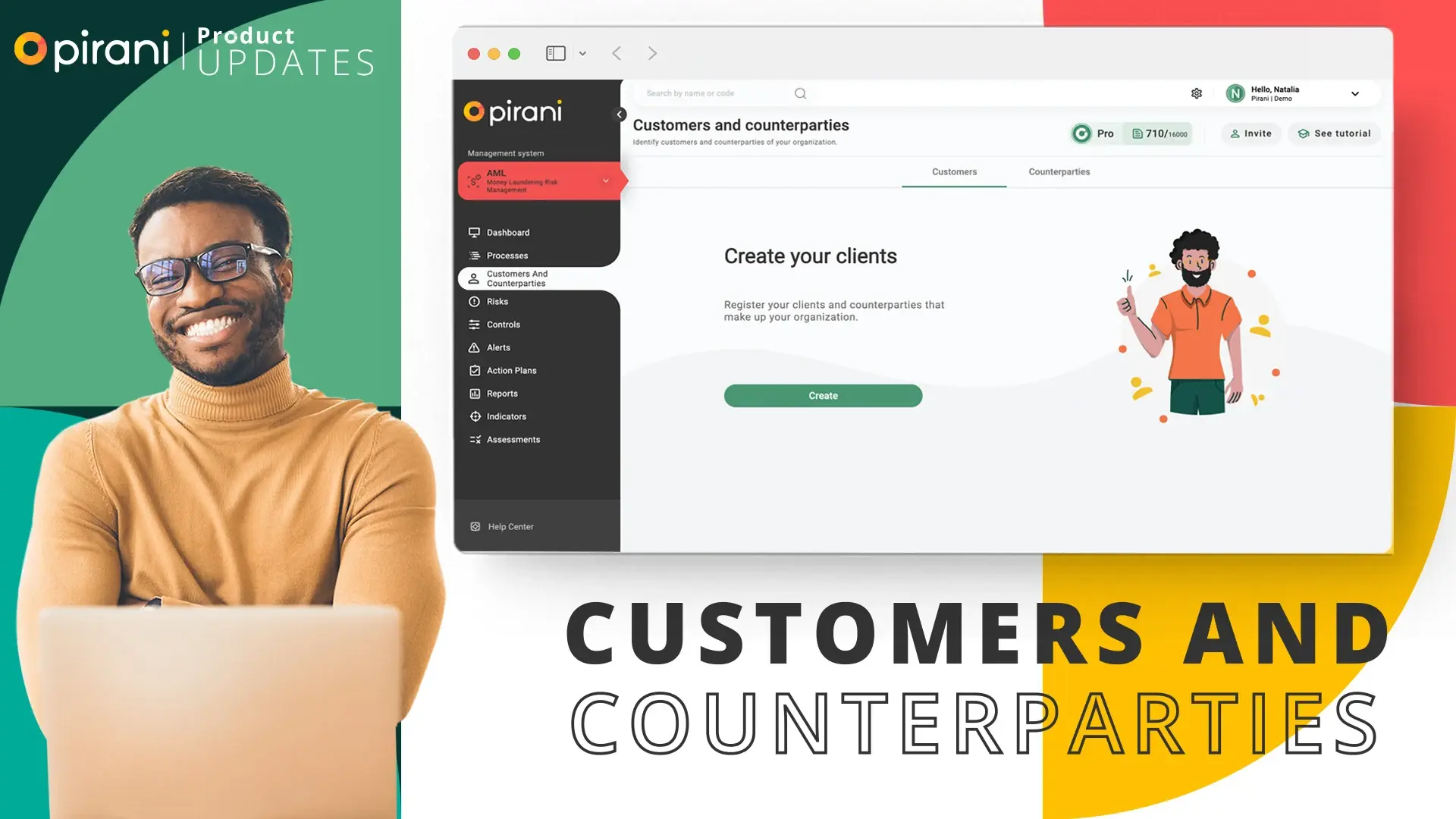Mastering SOC 2 for Diverse Industries
Exploring Effective SOC 2 Compliance Implementation Across Industries
Implementing SOC 2 compliance is essential for various industries to bolster data security measures and foster trust with customers. Each sector faces unique challenges and requirements when it comes to compliance, but there are common strategies that can be adopted to ensure effectiveness.
- Understand Industry-specific Needs: Different industries have distinct regulatory requirements and risk profiles. It's crucial for organizations to tailor SOC 2 compliance efforts to align with their specific industry standards and customer expectations.
- Allocate Adequate Resources: Implementing SOC 2 compliance requires dedicated resources, including time, expertise, and financial investment. Organizations must allocate these resources appropriately to ensure successful compliance implementation.
- Adopt a Risk-based Approach: Prioritize risks based on their potential impact on data security and customer trust. By focusing efforts on mitigating high-risk areas first, organizations can enhance overall compliance effectiveness.
- Foster a Culture of Compliance: SOC 2 compliance is not just about implementing technical controls but also about fostering a culture of compliance within the organization. Educate employees about the importance of data security and their role in maintaining compliance.
- Regular Monitoring and Review: Compliance is an ongoing process. Implement regular monitoring and review mechanisms to ensure that SOC 2 controls are effectively implemented and maintained. This includes conducting periodic audits and assessments to identify and address any gaps or deficiencies.
- Engage with Third-party Vendors: Many industries rely on third-party vendors and service providers. Ensure that vendors also adhere to SOC 2 compliance requirements to mitigate risks associated with third-party data handling.
Understanding SOC 2 Compliance
SOC 2 compliance encompasses a series of standards formulated by the American Institute of CPAs (AICPA) to safeguard the security, availability, processing integrity, confidentiality, and privacy of customer data.
At its core, SOC 2 compliance centers on the implementation of controls and processes aimed at safeguarding customer information and fortifying system security.
For industries entrusted with sensitive data, comprehending SOC 2 compliance is paramount as it underscores their dedication to upholding data security standards.
Organizations seeking SOC 2 compliance must adhere to the five trust service criteria outlined by the AICPA, which encompass security, availability, processing integrity, confidentiality, and privacy.
By gaining a comprehensive understanding of SOC 2 compliance, industries can meticulously evaluate their security measures and pinpoint any deficiencies or vulnerabilities requiring attention.
Benefits of SOC 2 for Various Industries
The implementation of SOC 2 compliance offers a multitude of advantages across diverse sectors:
- Enhanced Data Security: SOC 2 compliance empowers organizations to establish stringent security measures, safeguarding sensitive customer data against unauthorized access and potential breaches.
- Increased Customer Trust: By adhering to SOC 2 compliance standards, organizations signal their unwavering commitment to data security, thereby bolstering customer trust and fostering stronger relationships.
- Competitive Advantage: SOC 2 compliance equips organizations with a competitive edge in the marketplace by assuring customers of the secure handling of their data. This assurance sets them apart from competitors and enhances their reputation.
- Regulatory Compliance: SOC 2 compliance aligns seamlessly with various regulatory mandates, ensuring that organizations meet legal requirements and avoid potential penalties or repercussions associated with non-compliance.
- Improved Efficiency: The process of implementing SOC 2 compliance necessitates organizations to streamline their operations and identify areas for enhancement. This drive for optimization leads to improved operational efficiency and effectiveness across the board.
In essence, SOC 2 compliance serves as a robust framework for industries to fortify their data security protocols and cultivate trust among customers. By embracing SOC 2 compliance, organizations not only safeguard sensitive data but also position themselves as reliable stewards of information in an increasingly digital landscape.
Challenges of Implementing SOC 2 Across Different Sectors
The implementation of SOC 2 compliance presents various challenges for industries spanning different sectors:
- Resource Allocation: One of the primary hurdles organizations face is allocating the necessary resources, encompassing time, expertise, and financial investment, to effectively implement SOC 2 compliance measures.
- Complex Requirements: SOC 2 compliance entails navigating through intricate and multifaceted requirements, demanding a thorough understanding and adept implementation by organizations.
- Cultural Change: Embracing SOC 2 compliance often entails a significant cultural shift within organizations. This involves fostering a mindset conducive to adopting new processes and integrating enhanced security practices into everyday operations.
- Vendor Management: Ensuring compliance with SOC 2 requirements extends beyond internal operations to encompass third-party vendors and service providers. Managing and overseeing vendor compliance can pose challenges, requiring robust systems and processes.
- Ongoing Monitoring: SOC 2 compliance is not a one-time endeavor but rather an ongoing commitment that demands continuous monitoring and updates. Sustaining compliance over time necessitates vigilant oversight and proactive measures to address evolving threats and requirements.
Despite the complexity of these challenges, industries can navigate them successfully by prioritizing resource allocation, seeking professional guidance when necessary, and embracing a proactive approach to compliance. By investing in the necessary resources and fostering a culture of compliance, organizations can surmount the obstacles posed by SOC 2 implementation and emerge stronger and more resilient in the face of cybersecurity threats.
Best Practices for SOC 2 Implementation in Diverse Industries
To effectively implement SOC 2 compliance across diverse industries, organizations should follow these best practices:
1. Conduct a Gap Analysis: Start by conducting a thorough analysis of your current security controls and identify any gaps or weaknesses that need to be addressed.
2. Develop a Comprehensive Security Policy: Establish a comprehensive security policy that covers all aspects of SOC 2 compliance and clearly outlines the roles and responsibilities of employees.
3. Implement Security Controls: Implement the necessary security controls to address the trust service criteria specified in SOC 2, including security, availability, processing integrity, confidentiality, and privacy.
4. Train Employees: Provide regular training and awareness programs to educate employees about SOC 2 compliance requirements and their role in maintaining data security.
5. Regularly Assess and Monitor: Continuously assess and monitor your security controls to ensure ongoing compliance with SOC 2 requirements and address any emerging risks.
By following these best practices, industries can effectively implement SOC 2 compliance and enhance their data security practices.
Case Studies: Successful SOC 2 Integration in Different Business Sectors
Numerous industries have successfully integrated SOC 2 compliance into their operations. Here are a few case studies:
1. Case Study 1: Company XYZ, a financial services organization, implemented SOC 2 compliance to strengthen their data security measures and meet regulatory requirements. The implementation resulted in enhanced customer trust and improved operational efficiency.
2. Case Study 2: Company ABC, a healthcare provider, adopted SOC 2 compliance to protect sensitive patient data and demonstrate their commitment to data privacy. The implementation led to increased customer confidence and improved compliance with healthcare regulations.
3. Case Study 3: Company DEF, an e-commerce platform, implemented SOC 2 compliance to assure customers that their personal and financial information is protected. This resulted in a significant increase in customer trust and a competitive advantage in the market.
These case studies showcase how different industries have successfully implemented SOC 2 compliance and reaped the benefits of enhanced data security and customer trust.
Take the next step to learn more about SOC 2 with Pirani. Explore our solutions today to discover how we can help you achieve your goals and drive sustainable success.
Contact us for a personalized demonstration.
You May Also Like
These Related Stories

Comparing ISO 31000 and COSO ERM

Key competencies and skills a risk manager should have

Discover how risks are generated

Streamlining Your Compliance Management Process with Pirani

Manage your suspicious transactions




No Comments Yet
Let us know what you think